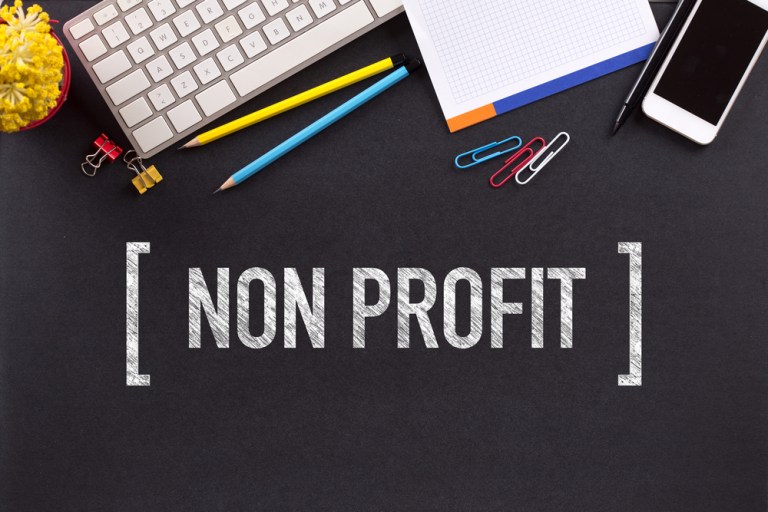Paya Buys Stewardship Tech In Bid To Grow Nonprofit Share

Payments solution firm Paya said Thursday (November 1) that it has acquired Stewardship Technology, an Ohio-based PayFAC focused on nonprofits, faith-based organizations and educational enterprises.
The company said that the deal, where terms were not disclosed, helps boost Paya’s growth efforts into new verticals — namely across the nonprofit and faith-based landscapes, offering Paya partners and customers access to new capabilities including donation-management software.
The companies noted on Thursday that Stewardship Technology’s brand will continue to be used in its respective marketplaces, and will be integrated into Paya’s technology suite.
Nina Vellayan, Stewardship Technology President, added: “We’re a company that cares about our clients, so joining with Paya, a company equally committed to its customers, was a great move for us.”
In an interview with Karen Webster of PYMNTS, Paya President Greg Cohen said that for Paya, in turn part of the GTCR portfolio of companies, the Stewardship acquisition is a natural fit.
“We have done a little bit of nonprofit but [Stewardship] really has a good foundation in nonprofit segments — specifically faith-based organizations. So we have picked up an amazing channel that we can continue to invest in and grow. Also,” he told PYMNTS, “from a technology standpoint one of the things that was missing in our first acquisitions and bolt-on purchases has been robust, PayFAC capabilities and technologies,” pointing out in one specific example that the Stewardship offerings include an electronic giving solution platform.
The deal with Stewardship, he said, “really gives us capabilities in those arenas that we can take out across all of the segments that we are in.”
For smaller nonprofits such as those served by Stewardship, technology investment may be relatively lacking in comparison to retail, restaurants and other verticals where resources are less constrained. As might be expected, nonprofit firms do a lot of their own events and fundraising and are boosting their online presence, which in turn means that donors need to see a solicitation and be able to act on it. Onboarding of these small firms needs to happen in a streamlined manner, which is crucial as they seek to expand their donor base. Many of these enterprises are staffed by volunteers, so it is important to have technology that can foster operational efficiency across the continuum from back-end to front-end functions.
Stewardship has been in the nonprofit space for 10 years, said Cohen, offering customizable features. “By coming into the Paya family we provide resources whether it be sales or marketing … where Stewardship can do what they do faster or take more market share” across nonprofits.
Stewardship’s offerings include a management platform that allows users to customize giving forms, register for events, and promote peer-to-peer fundraising and crowdfunding. Its MissionPay Platform exists as an omnichannel payments-processing platform, marked by APIs for developers for integration with eCommerce and other sites, processing functions across credit card, debit card and ACH processing.
One area of notable potential for the combined entity, said Cohen, is the Stewardship Pensions and Benefits platform, which electronically onboards employee information, and offers third-party administrator benefits processing and invoicing. By folding such functionality into Paya’s suite of offerings, he said, there is the ability to cross-sell new software and payments capabilities to the faith-based ecosystem. “There are very few folks providing that service,” he said of pensions and benefits management across faith-based organizations and nonprofits, “but it also opens up … offering a whole new suite of software, payments capabilities and payments technology to a fragmented and underserved market.”